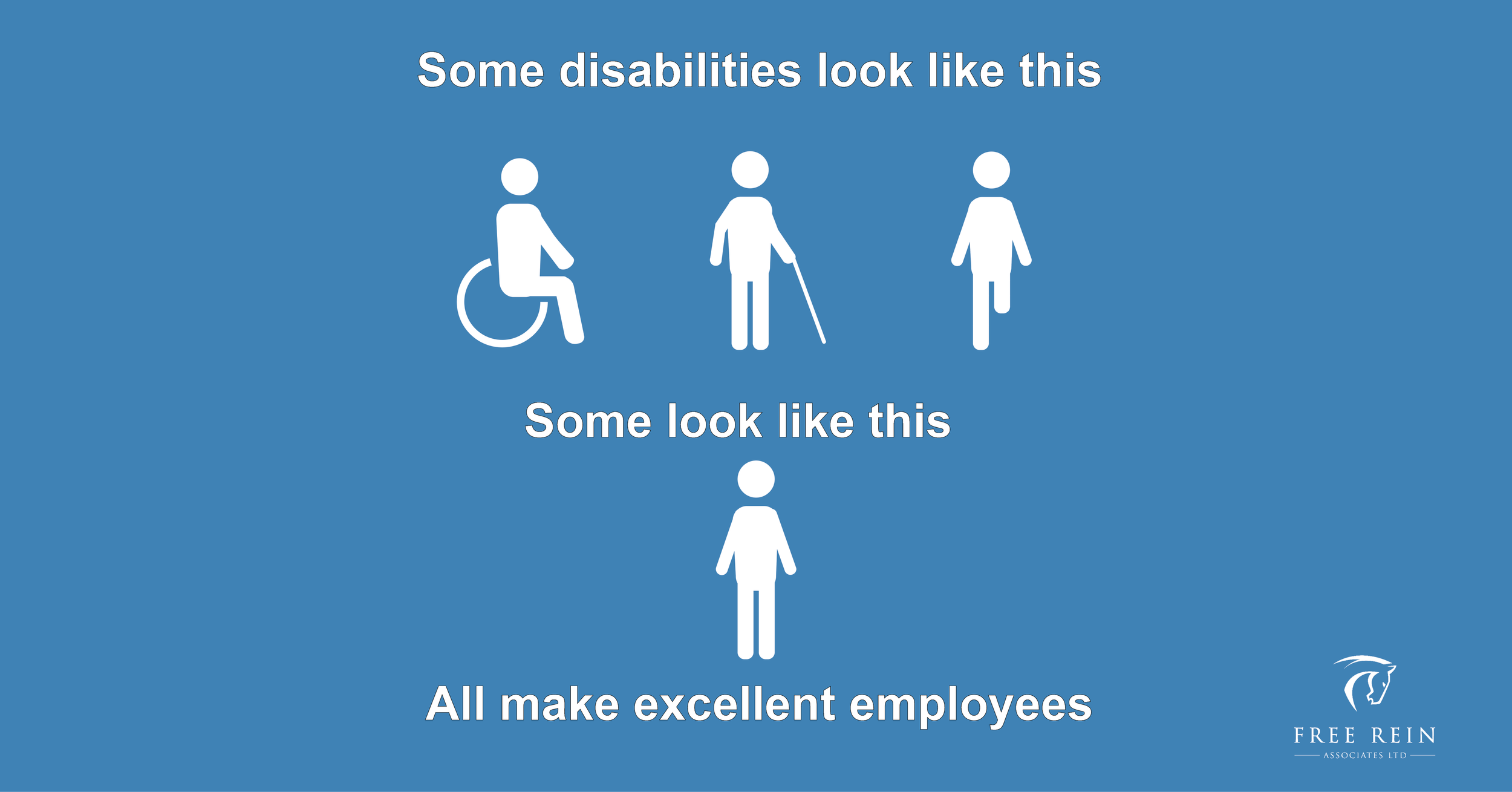Why It’s Important To Implement Inclusive Workplace Practices — Even If You Don’t Have Any Employees With A Disability
Strong businesses ensure everyone feels welcome and included. Inclusive businesses treat everyone with respect and dignity. More than anything, an inclusive workplace is a workplace with a culture of safety, equality, and equity of treatment and these values are reflected in everything the business does.
To ensure an inclusive workplace, business owners and managers need to implement and support inclusive policies and practices. These policies need to be shared with employees at all levels. In fact, employees at all levels should feel able to provide feedback and insights into these policies as they will often have unique insights to inclusivity the leadership team may not have.
It’s important to implement inclusive workplace practices no matter what type of business you run or who you hire. Here are three reasons you need to incorporate inclusive practices in your workplace, even if you don’t have employees with disabilities.
Employees may have invisible disabilities and have not disclosed to you.
The reality is, you likely have an employee with a disability. In 2017, the Canadian Survey on Disability (CSD) found that an estimated one in five Canadians — or 6.2 million — aged 15 years had one or more disabilities. Employees may not have disclosed a disability to you, and they are not obligated to do so at any point.
Invisible disabilities can impact individuals as much as visible. ‘Invisible Disability’ is an umbrella term that captures a whole spectrum of hidden disabilities or challenges, primarily neurological. They often come with symptoms such as debilitating fatigue, pain, cognitive dysfunctions and mental disorders, as well as hearing and eyesight impairments and more. Common invisible disabilities include but aren’t limited to anxiety, depression, chronic fatigue syndrome, and fibromyalgia. They cannot be detected in blood tests, X-rays, CT scans, or MRIs — but this doesn’t make them any less real, or any less debilitating.
Workplace accommodations and inclusions must include visible and invisible disabilities. By implementing inclusive workplace practices, you are signifying to your employees with invisible disabilities they are in a safe place to work and will be supported should they need to request accommodations or decide to disclose their disability to you.
You may hire someone with a disability one day.
People with disabilities are vital members of our community and are very likely to join your team one day, especially as your business grows. By proactively ensuring your business has inclusive practices and policies in place early on, it will help ensure anyone you hire who has a disability feels safe and welcome from day one.
Your customers may have a disability.
Inclusive workplaces are about culture above all else. Ensuring your team is a safe, inclusive space will translate to ensuring your customers feel safe and welcomed as well. Providing training to your team that educates employees on the importance of diversity can help to enhance understanding and provide a safe space for everyone to become aware of personal bias. When your team has that understanding, your customers with disabilities will know it.
How to start building an inclusive workplace?
Now that you’re ready to foster a safe, inclusive business, the Canadian Association for Supported Employment can help you build your policy. Check out the HR Inclusive Policy Toolkit here.


